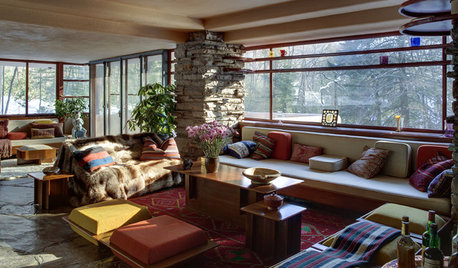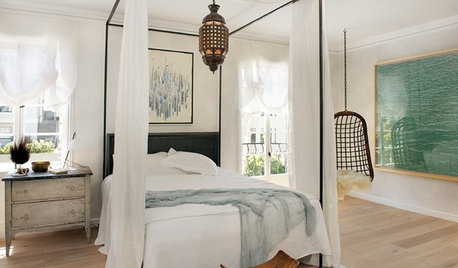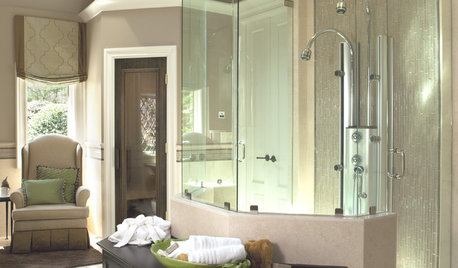Guidance on problem with cold frame
david_meek
9 years ago
Related Stories

WORKING WITH PROSWorking With Pros: When You Just Need a Little Design Guidance
Save money with a design consultation for the big picture or specific details
Full Story
ARCHITECTURE15 Smart Design Choices for Cold Climates
Keep your home safe and comfortable in winter by choosing the right home features and systems
Full Story
REMODELING GUIDESThe Hidden Problems in Old Houses
Before snatching up an old home, get to know what you’re in for by understanding the potential horrors that lurk below the surface
Full Story
LIFEHouzz Call: How Are You Handling the Record-Breaking Cold?
Share your tales, strategies and photos for everything polar vortex
Full Story
WINDOWSSteel-Framed Windows Leap Forward Into Modern Designs
With a mild-mannered profile but super strength, steel-framed windows are champions of design freedom
Full Story
FURNITURESleep Easy: Your Guide to Bed Frame Styles
Dream of snuggling in a sleigh bed or luxuriating under a canopy? Read about these and other popular bed frame styles
Full Story
ROOM OF THE DAYRoom of the Day: Bedroom Takes a Creative Approach to A-Frame Design
Rather than fix the strange layout, this homeowner celebrated it by mixing the right materials and textures
Full Story
DECORATING GUIDESFrom Queasy Colors to Killer Tables: Your Worst Decorating Mistakes
Houzzers spill the beans about buying blunders, painting problems and DIY disasters
Full Story
SHOWERS10 Stylish Options for Shower Enclosures
One look at these showers with glass block, frameless glass, tile and more, and you may never settle for a basic brass frame again
Full Story
HOUSEKEEPINGLower Your Heating Bills With Some Simple Weather Stripping
Plug the holes in your house this winter to make sure cold air stays where it belongs: outside
Full StorySponsored






cooperdr_gw
homegardennursery
Related Professionals
Cary Landscape Architects & Landscape Designers · Matthews Landscape Contractors · Ellicott City Landscape Contractors · Euclid Landscape Contractors · Fort Myers Landscape Contractors · Fountain Valley Landscape Contractors · La Verne Landscape Contractors · Lemay Landscape Contractors · Midland Landscape Contractors · Parkland Landscape Contractors · Suitland Landscape Contractors · Palo Alto Solar Energy Systems · Whitman Solar Energy Systems · Alum Rock Solar Energy Systems · Springfield Driveway Installation & MaintenanceUser
spartanapples